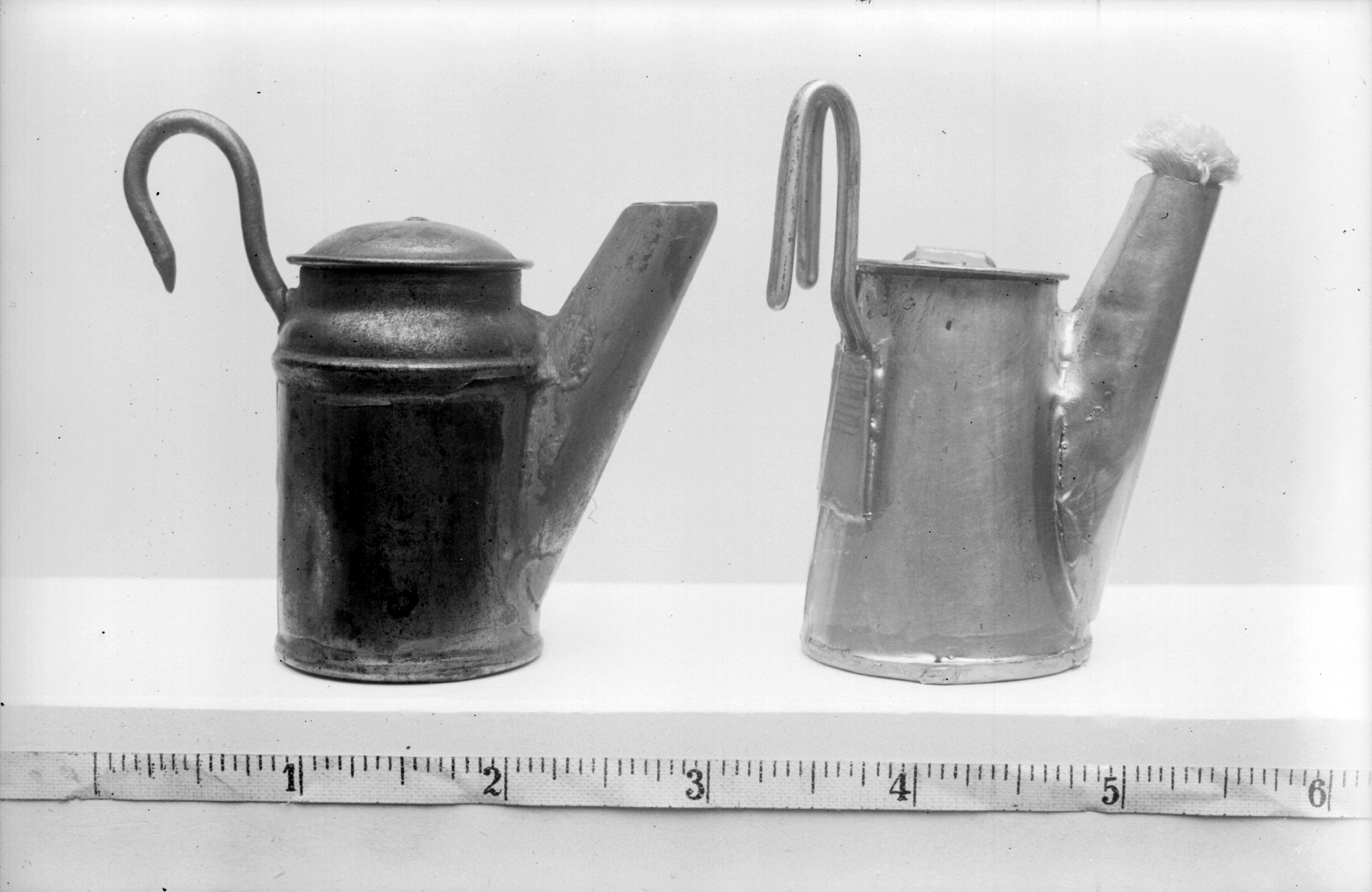Batley is built on coal, which has been mined there for centuries, with the earliest recorded coal mine in White Lee in the 1500s. Because the coal was close to the surface, miners did not need deep shafts at first. Instead, they used day holes, tunnels dug into the side of a hill to reach the coal, or penny pits, which were very small pits often worked by just two or three men at a time. Charcoal was a cheap and easy source of fuel and was usually used in homes for heating. Coal mining often ran in families, with generations working for the same mine owners, and even very young children were expected to help in the pits.
Local demand for coal grew in the 19th century with the rise of new industries such as textiles. Digging coal from the surface was no longer enough, so several new pits were sunk, meaning deep shafts were dug down into the ground to reach coal further below. Examples include West End Colliery, Soothill Wood Colliery and White Lee Pit. There was often a direct link between mining, textile mills and transportation. For example, in Kirkburton a tram road ran from a colliery to the mill, while another textile manufacturer in Jackson Bridge owned both a mill and a nearby colliery. Prospect Pit in Robertstown and Park Pit in Heckmondwike were built close to railways, making transport easier. The development of canals also played a big part, and in Kirklees canals can still be seen running alongside former mills.
The mines needed a workforce, and demand saw some very young children going down into pits. The case of Thomas Townend was infamous. In 1842 the Children’s Employment Commission collected information about the conditions and treatment of children in mines. It found that Thomas was just five years old when he was taken from the Batley workhouse to work in the mine. His trial lasted 16 days, before he was returned to the workhouse.
James Leather, age 13, interviewed at Flockton:
“I have been working four years in the pit, I have been hurrying all the time. I have hurried all the time myself. I go down to the pit at 6 usually but sometimes at 4, and often at half past 4. It is a roller that lets us down. We come out at 4 sometimes later and sometimes sooner. We stop in generally 9 or 10 hours. Sometimes we don’t stop at all for dinner. Sometimes we find it hard work, and sometimes easy. We are generally tired at night… I can read and write. I go to Sunday school. We come to evening school on Mondays. They teach us to read and write at Sunday school, they teach us religion a little… I know there is a place called heaven which is a good place.”
William Ramsden, age 11, interviewed at Flockton:
“I am going 11. I’ve been 5 years in the pit. I come down every morning at 6 and I get up at 5. I go away at half past 4. I go at 4 on Mondays. I stop from 12 till 1. I never do anything then. My work doesn’t tire me at all. I go to Sunday school and I read ABC. I have had good health.”
Collieries in the area varied greatly in size. For example, in 1851, a colliery in Meltham employed just 10 men and 10 boys, while a much larger mine in Flockton had a workforce of 265 men, boys, and girls. Maps from 1854 show nearly 50 mines and pits across the region—both terms referring to the same type of site. These mines typically included deep shafts, with workers—often boys and men—lowered underground in cages to begin their shift.
“These mines round here, these shallow mines, were very much under, if not un, mechanised, by comparison with the deep mines in South Yorkshire” - Batley man, born in 1926
Coal mining in the 1850s was extremely dangerous and often deadly. In the Spen Valley alone, 33 people lost their lives in local pits during that decade. At Soap House Pit in Hartshead, seven miners were killed. Among them were John Briggs, aged just 10, and Henry Garner, described simply as a "boy"—both were crushed by coal tubs. Another young worker, Thomas Needham, aged 14, died when coal collapsed on him. Three men fell to their deaths down the mine shaft, and a methane gas explosion claimed the life of the seventh. These tragedies highlight the harsh and hazardous conditions faced by those working in the mines, including many children.
